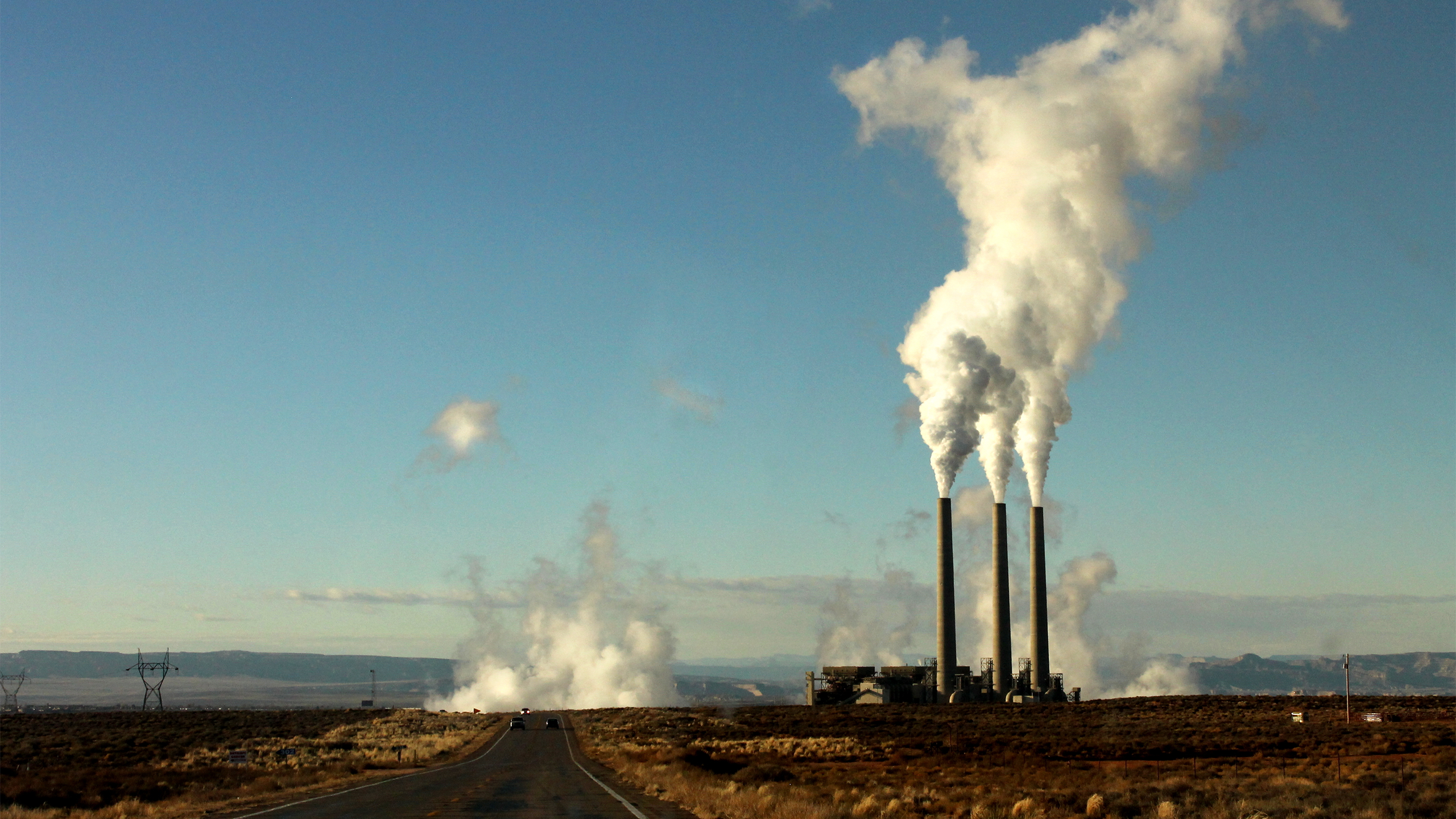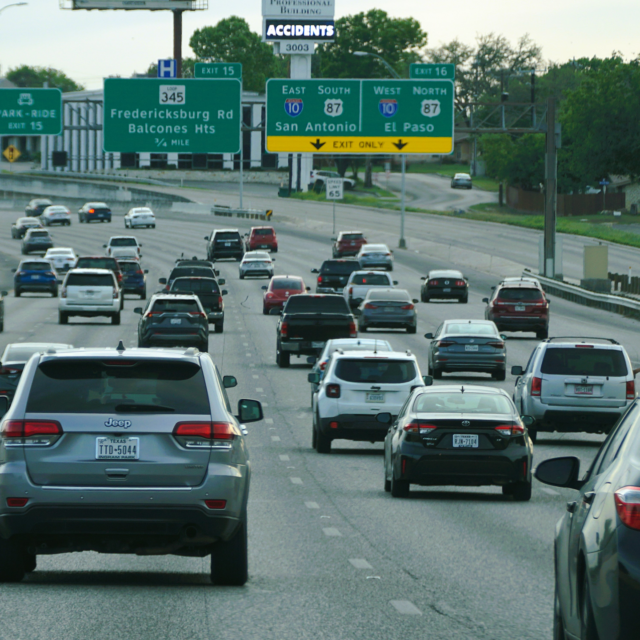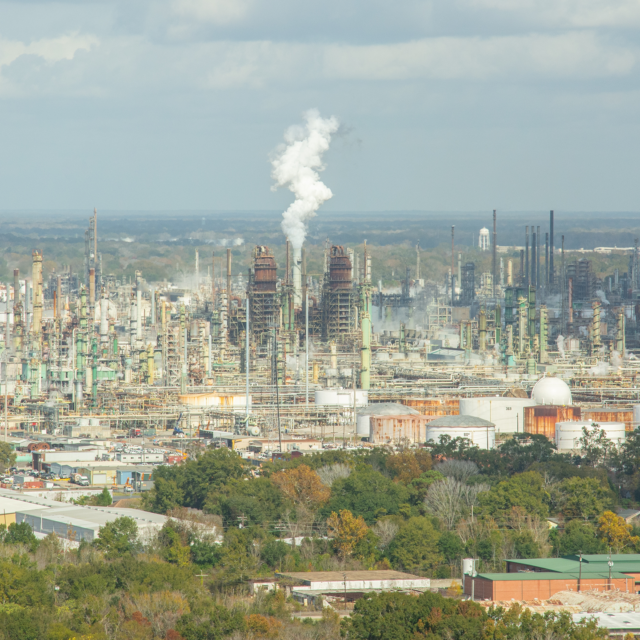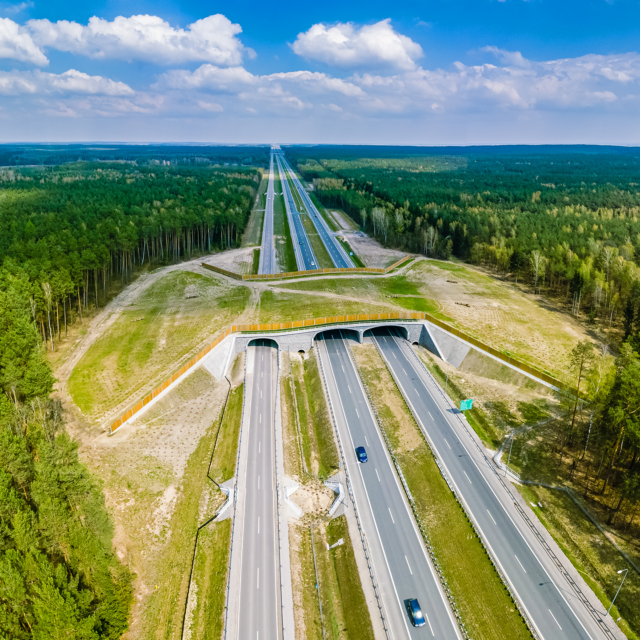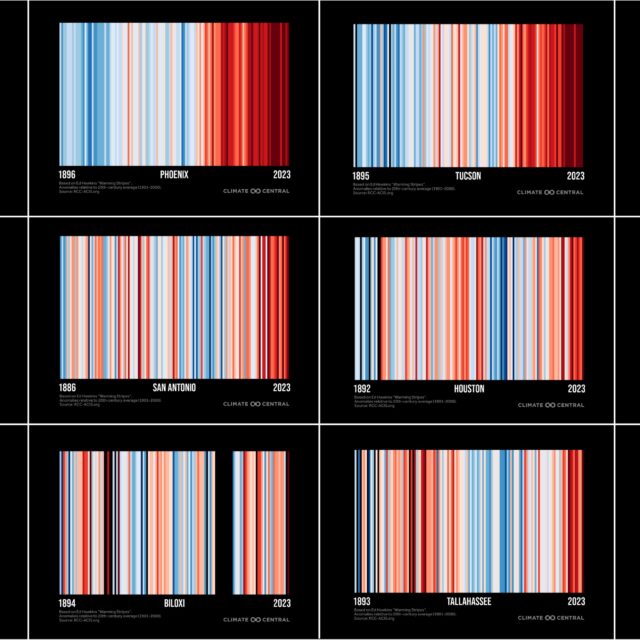By Luke Simmons, Ten Across Journalism and Communications Fellow
In the last year, the federal government has struggled to make meaningful progress on climate change. President Joe Biden’s Build Back Better bill, which contained significant investments in climate action, was shelved by Sen. Joe Manchin of West Virginia in December over its cost. Manchin also put to rest renewed efforts to negotiate climate legislation just last week.
Biden responded Wednesday, saying he’ll use his executive power to find work arounds including money for states to address climate emergencies. He outlined his initiatives against the backdrop of the demolished Brayton Point Power Station in Somerset, Massachusetts. The plant site will host wind power infrastructure in the near future.
Biden’s move comes on the heels of the U.S. Supreme Court striking down an Obama era rule—the Clean Power Plan—aimed at curtailing emissions by the Environmental Protection Agency. It charted a course to reduce emissions from coal-fired power plants by 32% by 2030. The plan called for power plants to shift to cleaner forms of fuel including renewable energy like solar and natural gas while still producing the same amount of power.
“Capping carbon dioxide emissions at a level that will force a nationwide transition away from the use of coal to generate electricity may be a sensible solution to the crisis of the day,” Chief Justice John Roberts wrote. But he argued Congress did not give the EPA the authority to create its own regulatory scheme.
This doesn’t mean the EPA is entirely out of power to regulate greenhouse gas emissions. The recent SCOTUS ruling bars the agency from regulating specific gasses, from specific places, in specific ways. One big opportunity for the EPA is to change the way we measure and regulate methane—a major contributor to global warming—according to energy experts.
Ultimately, the lack of movement on climate coupled with the recent Supreme Court ruling confirms what we already knew. States are in the driver’s seat on climate action—and for better or worse, the states in the Ten Across region are boldly leading the way.
While all 50 states have differing approaches to addressing climate change, Texas and California have emerged as dominant yet differing models.
How states approach emissions
States along the southern border of the U.S. take a variety of approaches to reducing greenhouse gas emissions. California, Texas and Louisiana are a good starting place for understanding these differences.
California passed meaningful climate legislation in 2006, requiring the California Air Resources Board to update the state’s Climate Change Scoping Plan every five years to meet the latest priorities. The Scoping Plan acts as a roadmap for state regulators to achieve carbon neutrality by 2045 along with various other targets.
Most recently, California Gov. Gavin Newsom proposed some of the biggest investments in climate action and the strictest regulations of emissions in the country.
In stark contrast, Texas—the energy and fossil fuel capital of the U.S.—bristles at the prospect of such regulations—state, federal or otherwise. The state generally takes a hands-off approach with the free market as a guide.
However, the Lone Star State is not entirely lacking in climate mitigation measures. Houston, Dallas, Austin, and San Antonio each have climate action plans with the goal of net zero carbon emissions by 2050.
As a testament to the state’s free market sensibilities, Texas leads the country in wind energy production in addition to fossil fuels.
The Ten Across state of Louisiana straddles the line between California and Texas, having approved its first ever climate action plan by a task force created by the governor. While the plan is not final or enforceable, it outlines recommendations to achieve net-zero emissions by 2050.
The energy landscape
Electricity production accounts for about one fourth of greenhouse gas emissions in the U.S. according to the EPA. Coal-fired power plants are the dirtiest way to make electricity.
Coal power production has been on the decline for years for a variety of reasons that can be explained through market forces. In fact, even though the Clean Power Plan never took effect, emissions at coal-fired power plants did start to reduce, and there’s been a slow but steady reduction in U.S. emissions. For context, China is the biggest emitter of greenhouse gasses in the world, followed by the U.S, the European Union, and India.
There are 38 coal fired power plants sprinkled throughout the Ten Across geographic region. Fifteen of them are in Texas, while Florida has nine and California has one operating coal-fired power plant.
Coal-fired power plants are slowly phasing out across the country. In Arizona, the Navajo Generating Station near Page, for example, closed in late 2019 and the Cholla Power Plant, also in Arizona, is set to completely close in 2025.
All of this happened despite the Clean Power Plan never taking effect.
What the future could hold
With no legislative leadership from Congress yet to address climate change, states such as California and Texas will continue to lead on emissions reductions whether through state policy or market forces.
But those efforts will only go so far. Federal action is needed. That’s a point driven home by Houston Mayor Sylvester Turner, who chairs Climate Mayors, a bipartisan network of hundreds of U.S. mayors committed to leading on climate action. In a prepared statement, he acknowledged President Biden’s actions Wednesday which include $2.3 billion to help communities prepare for heat waves, wildfires, hurricanes and other extreme disasters.
“While the Senate delays critical federal climate legislation, frontline and other overburdened communities continue to have their lives, livelihoods, and homes threatened by climate impacts,” wrote Turner in a released statement Wednesday. “As the responsibility to deliver results is once again passed to cities, states, businesses, and non-federal institutions, we know that is not enough—bold, federal action is essential to meet our climate targets and mitigate the worst climate impacts.”
Therein lies the challenge—climate change is the ultimate collective action problem—and until Congress passes climate legislation, the states and cities of the Ten Across region will be at the forefront of future conversation and action in reducing greenhouse gas emissions.
About Ten Across
The Ten Across initiative examines the future of the U.S. through the lens of the Interstate 10 corridor—from Los Angeles to Jacksonville. This region is on the front lines of the most important issues facing us today, from the most extreme impacts of climate change to questions of governance, equity, growth and risk.
